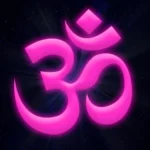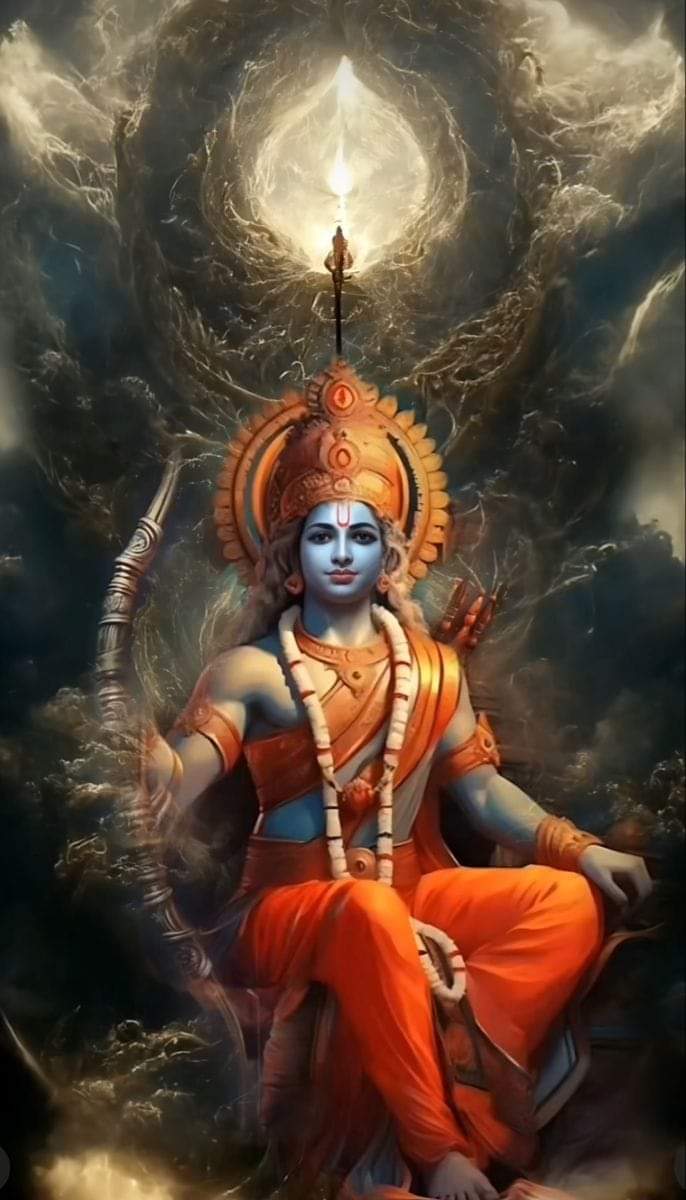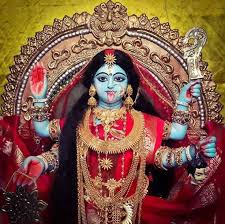सभी स्नेहीजनों को
पावनपर्व मकर संक्रांति
की हार्दिक शुभकामनाएं !
उन त्योहार, पर्व या उत्सवों को मनाने का महत्व अधिक है जिनकी उत्पत्ति स्थानीय परम्परा, व्यक्ति विशेष या संस्कृति से न होकर जिनका उल्लेख वैदिक धर्मग्रंथ, धर्मसूत्र और आचार संहिता में मिलता है।
ऐसे कुछ पर्व हैं और इनके मनाने के अपने नियम भी हैं। इन पर्वों में सूर्य-चंद्र की संक्रांतियों और कुम्भ का अधिक महत्व है। सूर्य संक्रांति में मकर सक्रांति का महत्व ही अधिक माना गया है।
माघ माह में कृष्ण पंचमी को मकर सक्रांति देश के लगभग सभी राज्यों में अलग-अलग सांस्कृतिक रूपों में मनाई जाती है। प्रस्तुत है मकर संक्रांति के दिन किये जाने वाले खास कार्य-
मकर संक्रांति में ‘मकर’ शब्द मकर राशि को इंगित करता है जबकि ‘संक्रांति’ का अर्थ संक्रमण अर्थात प्रवेश करना है। मकर संक्रांति के दिन सूर्य धनु राशि से मकर राशि में प्रवेश करता है। एक राशि को छोड़कर दूसरे में प्रवेश करने की इस विस्थापन क्रिया को संक्रांति कहते हैं। चूंकि सूर्य मकर राशि में प्रवेश करता है इसलिए इस समय को ‘मकर संक्रांति’ कहा जाता है। हिन्दू महीने के अनुसार पौष शुक्ल पक्ष में मकर संक्रांति पर्व मनाया जाता है।
चन्द्र के आधार पर माह के २ भाग हैं- कृष्ण और शुक्ल पक्ष। इसी तरह सूर्य के आधार पर वर्ष के २ भाग हैं- उत्तरायण और दक्षिणायण। इस दिन से सूर्य उत्तरायण हो जाता है। उत्तरायण अर्थात उस समय से धरती का उत्तरी गोलार्द्ध सूर्य की ओर मुड़ जाता है, तो उत्तर ही से सूर्य निकलने लगता है। इसे सोम्यायन भी कहते हैं।
६ माह सूर्य उत्तरायण रहता है और ६ माह दक्षिणायण। अत: यह पर्व ‘उत्तरायण’ के नाम से भी जाना जाता है। मकर संक्रांति से लेकर कर्क संक्रांति के बीच के ६ मास के समयांतराल को उत्तरायण कहते हैं।
इस पर्व का भौगोलिक विवरण-
पृथ्वी साढ़े २३ डिग्री अक्ष पर झुकी हुई सूर्य की परिक्रमा करती है तब वर्ष में ४ स्थितियां ऐसी होती हैं, जब सूर्य की सीधी किरणें २१ मार्च और २३ सितंबर को विषुवत रेखा, २१ जून को कर्क रेखा और २२ दिसंबर को मकर रेखा पर पड़ती है। वास्तव में चन्द्रमा के पथ को २७ नक्षत्रों में बांटा गया है जबकि सूर्य के पथ को १२ राशियों में बांटा गया है। भारतीय ज्योतिष में इन ४ स्थितियों को १२ संक्रांतियों में बांटा गया है जिसमें से ४ संक्रांतियां महत्वपूर्ण होती हैं- मेष, तुला, कर्क और मकर संक्रांति।
इस दिन से वसंत ऋतु की भी शुरुआत होती है और यह पर्व संपूर्ण अखंड भारत में फसलों के आगमन की खुशी के रूप में मनाया जाता है। खरीफ की फसलें कट चुकी होती हैं और खेतों में रबी की फसलें लहलहा रही होती हैं। खेत में सरसों के फूल मनमोहक लगते हैं।
मकर संक्रांति का सांस्कृतिक महत्व-
मकर संक्रांति के इस पर्व को भारत के अलग-अलग राज्यों में वहां के स्थानीय तरीकों से मनाया जाता है। दक्षिण भारत में इस त्योहार को पोंगल के रूप में मनाया जाता है। उत्तर भारत में इसे लोहड़ी, खिचड़ी पर्व, पतंगोत्सव आदि कहा जाता है। मध्यभारत में इसे संक्रांति कहा जाता है। मकर संक्रांति को उत्तरायन, माघी, खिचड़ी आदि नाम से भी जाना जाता है।
सर्दी के मौसम में वातावरण का तापमान बहुत कम होने के कारण शरीर में रोग और बीमारियां जल्दी लगती हैं इसलिए इस दिन गुड़ और तिल से बने मिष्ठान्न या पकवान बनाए, खाए और बांटे जाते हैं। इनमें गर्मी पैदा करने वाले तत्वों के साथ ही शरीर के लिए लाभदायक पोषक पदार्थ भी होते हैं। उत्तर भारत में इस दिन खिचड़ी का भोग लगाया जाता है। गुड़-तिल, रेवड़ी, गजक का प्रसाद बांटा जाता है।
माना जाता है कि इस दिन सूर्य अपने पुत्र शनिदेव से नाराजगी त्यागकर उनके घर गए थे इसलिए इस दिन पवित्र नदी में स्नान, दान, पूजा आदि करने से पुण्य हजार गुना हो जाता है। इस दिन गंगासागर में मेला भी लगता है। इसी दिन मलमास भी समाप्त होने तथा शुभ माह प्रारंभ होने के कारण लोग दान-पुण्य से अच्छी शुरुआत करते हैं। इस दिन को सुख और समृद्धि का माना जाता है।
यह पर्व ‘पतंग महोत्सव’ के नाम से भी जाना जाता है। पतंग उड़ाने के पीछे मुख्य कारण है कुछ घंटे सूर्य के प्रकाश में बिताना। यह समय सर्दी का होता है और इस मौसम में सुबह का सूर्य प्रकाश शरीर के लिए स्वास्थवर्द्धक और त्वचा व हड्डियों के लिए अत्यंत लाभदायक होता है। अत: उत्सव के साथ ही सेहत का भी लाभ मिलता है।
भगवान श्रीकृष्ण ने भी उत्तरायण का महत्व बताते हुए गीता में कहा है कि उत्तरायण के ६ मास के शुभ काल में जब सूर्यदेव उत्तरायण होते हैं और पृथ्वी प्रकाशमय रहती है, तो इस प्रकाश में शरीर का परित्याग करने से व्यक्ति का पुनर्जन्म नहीं होता, ऐसे लोग ब्रह्म को प्राप्त होते हैं। यही कारण था कि भीष्म पितामह ने शरीर तब तक नहीं त्यागा था, जब तक कि सूर्य उत्तरायण नहीं हो गया।
ऐतिहासिक तथ्य-
हिन्दू धर्मशास्त्रों के अनुसार मकर संक्रांति से देवताओं का दिन आरंभ होता है, जो आषाढ़ मास तक रहता है। महाभारत काल में भीष्म पितामह ने अपनी देह त्यागने के लिए मकर संक्रांति का ही चयन किया था। मकर संक्रांति के दिन ही गंगाजी भगीरथ के पीछे-पीछे चलकर कपिल मुनि के आश्रम से होती हुई सागर में जाकर मिली थीं। महाराज भगीरथ ने अपने पूर्वजों के लिए इस दिन तर्पण किया था इसलिए मकर संक्रांति पर गंगासागर में मेला लगता है।
सभी स्नेहीजनों को पावनपर्व मकर संक्रांति की हार्दिक शुभकामनाएं.!
to all loved ones holy festival makar sankranti Best wishes!
It is more important to celebrate those festivals, festivals or celebrations whose origin is not from local tradition, individual or culture but which are mentioned in Vedic scriptures, Dharmasutras and code of conduct.
There are some such festivals and they also have their own rules for celebrating them. Among these festivals, the sun-moon solstices and Aquarius have more importance. Makar Sankranti is considered more important than Surya Sankranti.
Makar Sakranti is celebrated in different cultural forms in almost all the states of the country on Krishna Panchami in the month of Magh. Presented are the special tasks to be done on the day of Makar Sankranti-
In Makar Sankranti, the word ‘Makar’ indicates Capricorn whereas ‘Sankranti’ means transition i.e. entry. On the day of Makar Sankranti, the Sun enters Capricorn from Sagittarius. This displacement process of leaving one zodiac sign and entering another is called Sankranti. Since the Sun enters Capricorn, this time is called ‘Makar Sankranti’. According to the Hindu month, Makar Sankranti festival is celebrated in Paush Shukla Paksha.
On the basis of Moon, there are two parts of the month – Krishna and Shukla Paksha. Similarly, depending on the Sun, there are two parts of the year – Uttarayan and Dakshinayan. From this day the Sun becomes Uttarayan. Uttarayan means from that time the northern hemisphere of the Earth turns towards the Sun, hence the Sun starts rising from the north. It is also called Somyayana.
Sun remains Uttarayan for 6 months and Dakshinayan for 6 months. Hence this festival is also known as ‘Uttarayan’. The period of 6 months between Makar Sankranti and Cancer Sankranti is called Uttarayan.
Geographical details of this festival-
The Earth revolves around the Sun inclined on an axis of 23.5 degrees, then there are 4 situations in a year, when the direct rays of the Sun fall on the Equator on 21 March and 23 September, the Tropic of Cancer on 21 June and the Tropic of Capricorn on 22 December. . In fact, the path of the Moon is divided into 27 constellations while the path of the Sun is divided into 12 zodiac signs. In Indian astrology, these 4 situations are divided into 12 Sankrantis out of which 4 Sankrantis are important – Aries, Libra, Cancer and Makar Sankranti.
Spring season also begins from this day and this festival is celebrated all over united India to celebrate the arrival of crops. Kharif crops have been harvested and Rabi crops are blooming in the fields. Mustard flowers look charming in the field.
Cultural significance of Makar Sankranti- This festival of Makar Sankranti is celebrated in different states of India in local ways. In South India this festival is celebrated as Pongal. In North India it is called Lohri, Khichdi festival, Kite festival etc. In Central India it is called Sankranti. Makar Sankranti is also known by the names Uttarayan, Maghi, Khichdi etc.
During the winter season, due to very low temperature of the environment, diseases and ailments occur quickly in the body, hence on this day, sweets or dishes made of jaggery and sesame are prepared, eaten and distributed. Along with heat producing elements, they also contain nutrients beneficial for the body. Khichdi is offered on this day in North India. Prasad of jaggery, sesame, rewari and gajak is distributed.
It is believed that on this day Surya had given up his resentment towards his son Shani Dev and went to his house, hence by taking bath in the holy river, doing charity, worship etc. on this day, the virtue gets multiplied a thousand times. A fair is also organized in Gangasagar on this day. On this day, as Malamas ends and the auspicious month begins, people make a good start by doing charity. This day is considered to be a day of happiness and prosperity.
This festival is also known as ‘Kite Festival’. The main reason behind kite flying is to spend a few hours in the sunlight. This is the time of winter and in this season, morning sunlight is healthy for the body and very beneficial for the skin and bones. Hence, along with celebration, one also gets health benefits.
Describing the importance of Uttarayan, Lord Shri Krishna has also said in Geeta that during the auspicious period of 6 months of Uttarayan, when the Sun God is Uttarayan and the earth remains bright, then by leaving the body in this light, a person does not get rebirth, such people. Brahma is attained. This was the reason why Bhishma Pitamah did not leave his body until the Sun became Uttarayan.
historical facts- According to Hindu theology, the day of the gods starts from Makar Sankranti, which lasts till the month of Ashadha. During the Mahabharata period, Bhishma Pitamah had chosen Makar Sankranti to sacrifice his body. On the day of Makar Sankranti, Ganga ji followed Bhagiratha and met Kapil Muni’s ashram in the ocean. Maharaj Bhagiratha had offered tarpan to his ancestors on this day, hence a fair is organized in Gangasagar on Makar Sankranti.
Best wishes to all the loved ones on the holy festival of Makar Sankranti.





















